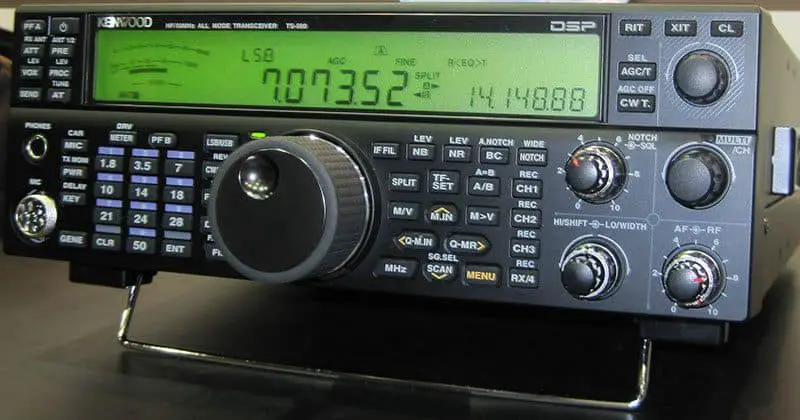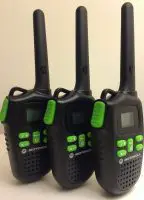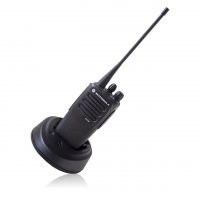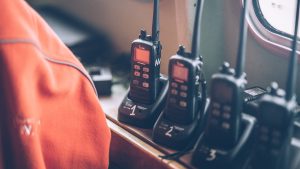Table of Contents
Ham Radio Basics – Everything You Need to Know
We have all seen the news that featured a community emergency where a natural disaster devastated the electric and communication networks. How did people get emergency messages relayed to the outside world? Ham radio operators relayed critical information with their ham radio equipment. This article will introduce you to the ham radio basics!
Who Are Ham Radio Operators?
Ham radio operators are amateur radio enthusiasts from all walks of life who have a passion for radio communications. They are known for the development and advancement of radio technology since the early telegraph days.
What Do Ham Radio Operators Do?
Ham radio operators participate in a variety of activities using their specialized skills. Here are just a few of the most popular activities:
- Amateur radio clubs
- Ham radio nets and relays
- Contesting
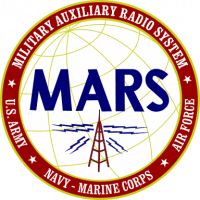
- Public service communication with ARES and RACES
- Military Auxiliary Radio System (MARS)
- Experimenting and creating new and innovative modes of communication
- Digital programming
- Youth outreach services with organizations such as Boy Scouts and local schools
- Building radios- both vintage and cutting-edge electronics
- Global networking
Over 600,000 ham radio operators hold licenses in the US alone, and over two million ham radio operators have stations internationally. Ham radio operators often specialize in one or more modes of communication. Here is just a sample:
- CW: keyed transmissions using Morse code
- Phone: two-way voice communication using a microphone
- HF/SSB: worldwide communication using high-frequency bands with voice or data where one frequency is used to transmit and another to receive
- FM and repeaters: VHF & UHF “line of sight” short-range transmissions extended with repeaters
- Digital ATV/SSTV: the ability to send and receive images
- Packet, PSK31, RTTY, Pactor: various forms of data communication via specialized formats depending upon the equipment and target bands
- Moonbounce (EME): using the moon as a passive reflector of VHF and UHF signals
How Do Ham Radio Operators Transmit Information?
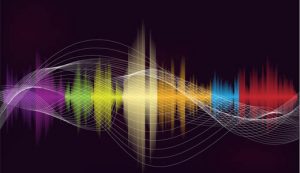 Ham radio operators transmit information using radio bands. Radio bands are a series of frequencies across the radio spectrum.
Ham radio operators transmit information using radio bands. Radio bands are a series of frequencies across the radio spectrum.
Look at a transistor radio. Frequencies in the AM spectrum span from 535 to 1605 KHz. This is the AM band. Within this band, people can tune into a specific frequency and hear transmissions.
Amateurs have 26 bands allocated for amateur radio operations from 1.8 Megahertz to 275 Gigahertz. Ham operators can communicate from across town or around the globe. Some amateur radio operators communicate with astronauts working in outer space.
Amateur bands and frequencies within those bands are allocated by the FCC. Ham radio operators must be licensed to transmit over the amateur bands. The higher level of license grants an operator more privileges. These privileges include more frequencies to transmit on.
What Is A Ham Shack?
A ham shack is anywhere amateur radio operators set up their radios. Radio electronics used to require a large area due to the physical size of early electronics. While some ham operators have a room dedicated to their rigs (radios), other ham operators have mobilized. They have a hard-wired rig under the dash of their vehicle with a whip antenna on the roof.
Radio equipment is useless without an antenna to radiate the signal. Rigs and antennas are matched based on the mode of communication an operator uses. Here is a short description of a few rigs that ham radio operators typically work with:
HF radios: These rigs can be part of a large land-based shack with an antenna tower or a mobile unit. A mobile set-up could be installed on an offshore sailboat with an antenna tuner and an insulated backstay. While HF equipment is more challenging to set up, it covers more bands and has worldwide coverage.
VHF/UHF radios: These rigs can be set up as part of a base station, but are more typically used as mobile units. Many are hand-held radios with fixed channels. FM transceivers are another popular hand-held mobile unit. A series of relays can help extend the range of these radios.
How Can I Get Started?
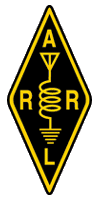
The easiest way to get started is to contact a local ham radio club. With roughly 2000 clubs in the US alone, the odds are good that a club is nearby. Most clubs and amateur radio operators are members of the American Radio Relay League, better known as ARRL. They have an excellent website that includes an index of ham radio clubs in the US.
Ham radio clubs will encourage you to get started with a basic knowledge of radio technology and operating principles. You will then be able to decide what you would like to specialize in. You will also use this information for getting your technician’s license. Anyone that transmits on an amateur radio band must hold one of three FCC amateur radio licenses.
How Do I Get A License?
FCC requires all hams to be licensed. Anyone except a representative of a foreign government can hold an amateur radio license. There are no age limitations or residence requirements. All that is needed is to pass a written exam.
ARRL and local ham radio clubs will schedule a time when you can take the exam. Some clubs also have people that will help you. These mentors are called Elmers, and they delight in taking new ham radio operators under their wing and teach them all about ham radio basics, for example the ham radio lingo.
Ham radio is a fun and exciting activity for anyone interested in radio technology. Amateur radio operators are well known for their community service and comradery. A wide variety of specialties and new friendships will keep amateur radio operators passionate about ham radio.


